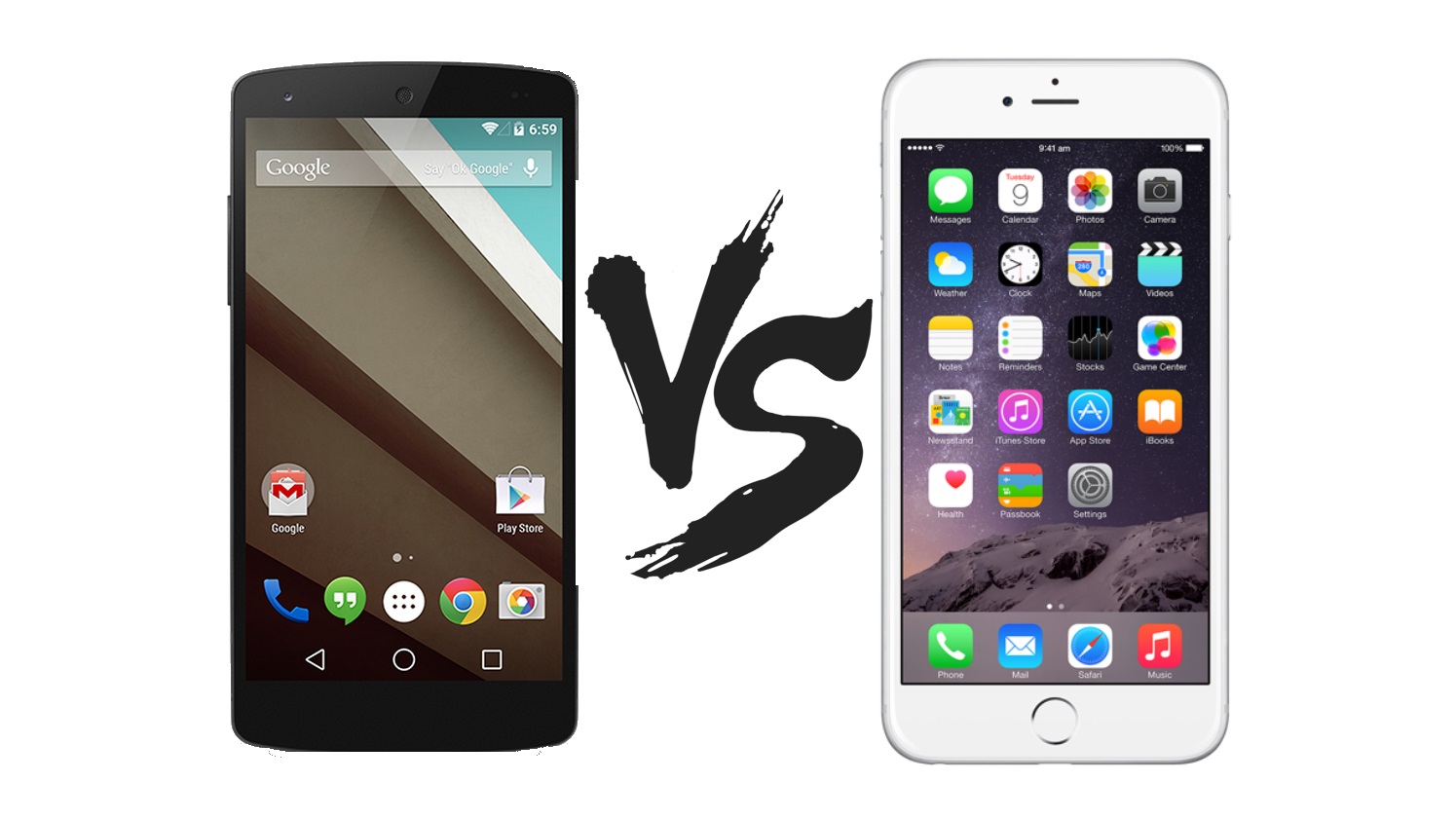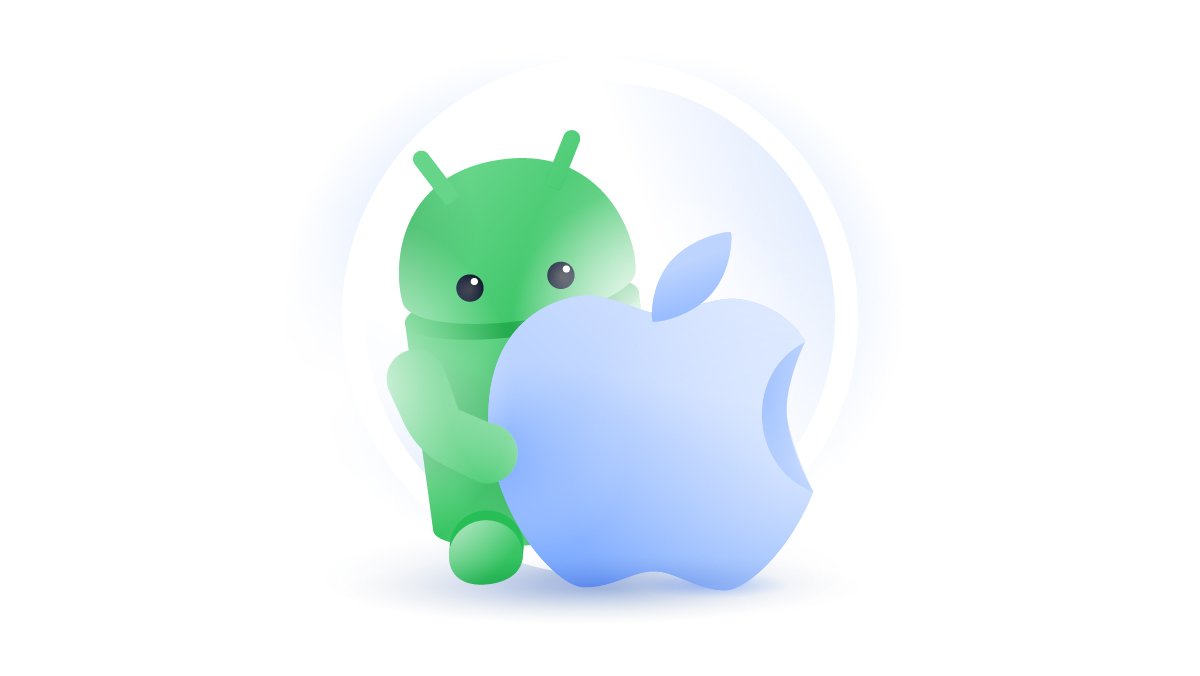
iPhone vs. Android: What’s the Best for Your Money?
iPhone vs. Android: Choosing between one of these two devices is a significant decision many consumers face when upgrading their smartphones. Both platforms come with their own sets of strengths and weaknesses, making the choice highly dependent on individual preferences, needs, and budget constraints. In this comprehensive guide by UKDealsfinder.com, we will delve deep into various aspects of both ecosystems to help you determine which one offers the best value for your money.
When considering an iPhone, Apple’s renowned ecosystem is a major selling point. Seamless integration with other Apple products, consistent software updates, and a robust app ecosystem are some of the key advantages. Additionally, iPhones are known for their premium build quality, reliable performance, and strong security features. However, these benefits often come at a higher price point, which may not be suitable for budget-conscious consumers.
On the other hand, Android devices offer a vast range of choices in terms of brands, models, and price points. This flexibility allows users to find a device that fits their specific needs and budget. Android’s open-source nature also encourages greater customization and innovation. Users can enjoy features like expandable storage, diverse hardware options, and a variety of user interfaces. Nevertheless, the Android experience can vary widely between different manufacturers, and software updates may not be as timely or consistent as those for iPhones.
In this guide, we will examine key factors such as hardware, software, user experience, app availability, and overall value for money. By comparing these critical aspects, you will be better equipped to make an informed decision that aligns with your personal preferences and budget. Whether you prioritize cutting-edge technology, seamless integration, or customization options, understanding the nuances of both iPhone and Android ecosystems is essential for choosing the smartphone that best meets your needs.
1. Hardware Quality and Design
iPhone
Apple is renowned for its meticulous attention to detail and premium build quality. iPhones are designed with high-grade materials like aerospace-grade aluminum, surgical-grade stainless steel, and Ceramic Shield glass. This ensures durability and a luxurious feel in hand. The design language of iPhones has been consistently sleek, modern, and instantly recognizable.
Pros:
- High-quality materials and build
- Consistent design language
- Excellent durability and longevity
Cons:
- Limited design variations
- Higher repair costs due to premium materials
Android
Android devices offer a broad spectrum of design and build quality, ranging from budget-friendly models to high-end flagships. Brands like Samsung, Google, OnePlus, and Xiaomi have pushed the boundaries of smartphone design, incorporating innovative materials and features such as foldable screens and under-display cameras.
Pros:
- Wide range of designs and build quality
- Availability of innovative features
- Options for all budgets
Cons:
- Inconsistent build quality across brands
- Some budget models may compromise on durability

2. Operating System and User Experience
iPhone (iOS)
iOS is known for its intuitive and user-friendly interface. Apple’s ecosystem is tightly integrated, offering a seamless experience across all devices, including iPads, Macs, and Apple Watches. Regular updates ensure all iPhones receive the latest features and security patches.
Pros:
- Intuitive and user-friendly interface
- Seamless integration with Apple ecosystem
- Regular and timely software updates
Cons:
- Limited customization options
- Less flexibility compared to Android
Android
Android offers a highly customizable and flexible user experience. With features like widgets, custom launchers, and a wide array of apps, users can tailor their devices to fit their preferences. However, the user experience can vary significantly across different manufacturers and models.
Pros:
- Highly customizable interface
- Wide range of apps and features
- Greater flexibility and control
Cons:
- Fragmentation in software updates
- Inconsistent user experience across devices
3. App Ecosystem
iPhone (iOS)
The Apple App Store is known for its stringent quality control, ensuring a high standard of apps available for download. Many developers prioritize iOS for their app releases, often launching new apps and updates on this platform first.
Pros:
- High-quality apps
- Early access to new apps and updates
- Secure and controlled app environment
Cons:
- Higher app costs compared to Android
- Limited availability of certain niche apps
Android
The Google Play Store offers a vast selection of apps, catering to a wide range of interests and needs. Android users also benefit from the ability to sideload apps from third-party sources, providing greater flexibility in app choice.
Pros:
- Vast selection of apps
- Flexibility to sideload apps
- Generally lower app costs
Cons:
- Potential security risks from third-party apps
- Variable app quality
4. Performance and Hardware Specifications
iPhone
Apple designs its own chips, optimizing performance and efficiency. The A-series processors found in iPhones are known for their industry-leading performance, especially in terms of single-core speed and power efficiency. This ensures smooth operation and longevity.
Pros:
- Industry-leading performance
- Optimized hardware and software integration
- Excellent power efficiency
Cons:
- Lack of customization in hardware
- Higher upfront cost
Android
Android devices come with a variety of processors from manufacturers like Qualcomm, MediaTek, and Samsung. This results in a wide range of performance levels, from entry-level to flagship-grade. High-end Android phones often match or exceed the performance of iPhones in multi-core tasks and GPU-intensive applications.
Pros:
- Wide range of performance levels
- High-end models offer excellent performance
- Options for gaming and heavy multitasking
Cons:
- Inconsistent performance across devices
- Lower-end models may struggle with demanding tasks

5. Battery Life and Charging
iPhone
Apple has consistently improved the battery life of its iPhones, with recent models offering all-day usage on a single charge. Features like optimized battery charging help extend the overall lifespan of the battery. However, iPhones typically charge slower compared to some Android counterparts due to lower wattage chargers included in the box.
Pros:
- Good battery life
- Optimized battery charging feature
- Consistent battery performance
Cons:
- Slower charging speeds
- No charger included in recent models
Android
Android devices often come with larger batteries and faster charging technologies. Brands like OnePlus and Xiaomi offer incredibly fast charging solutions, reducing the downtime needed for charging. However, battery life can vary significantly between models.
Pros:
- Larger batteries on average
- Faster charging technologies
- Varied battery life options
Cons:
- Inconsistent battery performance across devices
- Potential for faster battery degradation in some models
6. Camera Quality
iPhone
Apple’s iPhones are known for their consistent and reliable camera performance. With advanced computational photography features like Night Mode, Deep Fusion, and Smart HDR, iPhones produce high-quality images in various lighting conditions. The video recording capabilities are also top-notch, making them a favorite among content creators.
Pros:
- Consistent and reliable camera performance
- Excellent video recording capabilities
- Advanced computational photography features
Cons:
- Limited zoom capabilities compared to some Android flagships
- Fewer manual controls for professional photographers
Android
Android smartphones offer a wide range of camera capabilities, from budget-friendly models with basic cameras to flagship devices with advanced features like 108MP sensors, periscope zoom lenses, and AI-enhanced photography. The variety allows users to choose a device that meets their specific photography needs.
Pros:
- Wide range of camera options
- Advanced features in high-end models
- Greater flexibility and manual controls
Cons:
- Inconsistent camera performance across devices
- Some models may prioritize gimmicks over quality
7. Software Updates and Longevity
iPhone
Apple provides regular and timely software updates to all its devices, ensuring they remain secure and up-to-date for several years. This long-term support makes iPhones a better investment in terms of longevity.
Pros:
- Regular and timely updates
- Long-term support for older devices
- Enhanced security and new features over time
Cons:
- Lack of customization in updates
- Updates may slow down older devices
Android
Software updates on Android can be fragmented, with different manufacturers following their own update schedules. While Google’s Pixel devices receive timely updates, other brands may take longer to roll out new versions. However, Android’s open-source nature allows for custom ROMs and extended support through the developer community.
Pros:
- Custom ROMs for extended support
- Timely updates for Pixel devices
- Flexibility in choosing update schedules
Cons:
- Fragmented update schedule
- Inconsistent support across manufacturers

8. Ecosystem and Integration
iPhone
Apple’s ecosystem is one of the most cohesive and well-integrated in the tech world. Devices like the iPad, Mac, Apple Watch, and AirPods work seamlessly with the iPhone, offering features like Handoff, Continuity, and AirDrop. This integration enhances the user experience and makes switching between devices effortless.
Pros:
- Seamless integration with Apple devices
- Enhanced features through ecosystem
- Consistent user experience
Cons:
- Limited to Apple devices
- Higher cost for ecosystem buy-in
Android
Android’s ecosystem is more fragmented but offers a higher degree of flexibility. Users can mix and match devices from different manufacturers, creating a personalized setup. Integration with Google services is excellent, and features like Nearby Share and Google Assistant enhance the user experience.
Pros:
- Flexible and customizable ecosystem
- Excellent integration with Google services
- Variety of devices to choose from
Cons:
- Less cohesive compared to Apple’s ecosystem
- Inconsistent integration across brands
9. Price and Value for Money
iPhone
iPhones are generally positioned as premium devices, with higher upfront costs. However, their long-term support, build quality, and resale value can justify the higher price for many users. Apple also offers older models at reduced prices, providing more affordable entry points into the ecosystem.
Pros:
- High resale value
- Long-term software support
- Premium build quality
Cons:
- Higher upfront cost
- Limited budget options
Android
Android devices cater to a wide range of budgets, from affordable entry-level models to premium flagships. This variety allows users to find a device that fits their financial constraints. High-end Android phones offer excellent value for money with cutting-edge features, while budget models provide essential functionality at a lower cost.
Pros:
- Wide range of price points
- Good value for money
- Options for every budget
Cons:
- Lower resale value
- Inconsistent quality in budget models
10. Privacy and Security
iPhone
Apple emphasizes user privacy and security, with features like App Tracking Transparency, on-device processing for Siri, and robust encryption standards. The closed ecosystem and stringent app review process further enhance security.
Pros:
- Strong emphasis on privacy
- Robust security features
- Secure app ecosystem
Cons:
- Limited control over certain aspects of privacy
- Higher reliance on Apple’s ecosystem
Android
Android offers a more open approach to privacy and security, giving users greater control over app permissions and data. Google has improved security measures significantly in recent years, but the open nature of the platform can introduce potential risks, especially with third-party apps.
Pros:
- Greater control over privacy settings
- Improved security measures
- Flexibility in managing permissions
Cons:
- Potential risks with third-party apps
- Inconsistent security across devices

Conclusion: Which is the Best for Your Money?
The decision between iPhone and Android ultimately depends on individual preferences, needs, and budget. Here are some key takeaways to help you make an informed choice:
- Choose an iPhone if: You prioritize build quality, seamless integration with other Apple devices, regular software updates, and a secure app ecosystem. Despite the higher upfront cost, the long-term support and resale value can make it a worthwhile investment.
- Choose an Android if: You value customization, flexibility, a wide range of device options, and features at various price points. Whether you need a budget-friendly phone or a cutting-edge flagship, Android offers more choices to fit your specific requirements.
Both iPhone and Android have their strengths and weaknesses, and the best choice for your money will depend on what aspects are most important to you. By carefully considering the factors outlined in this guide, you can make a well-informed decision that suits your needs and preferences.

I just like the helpful information you provide in your articles